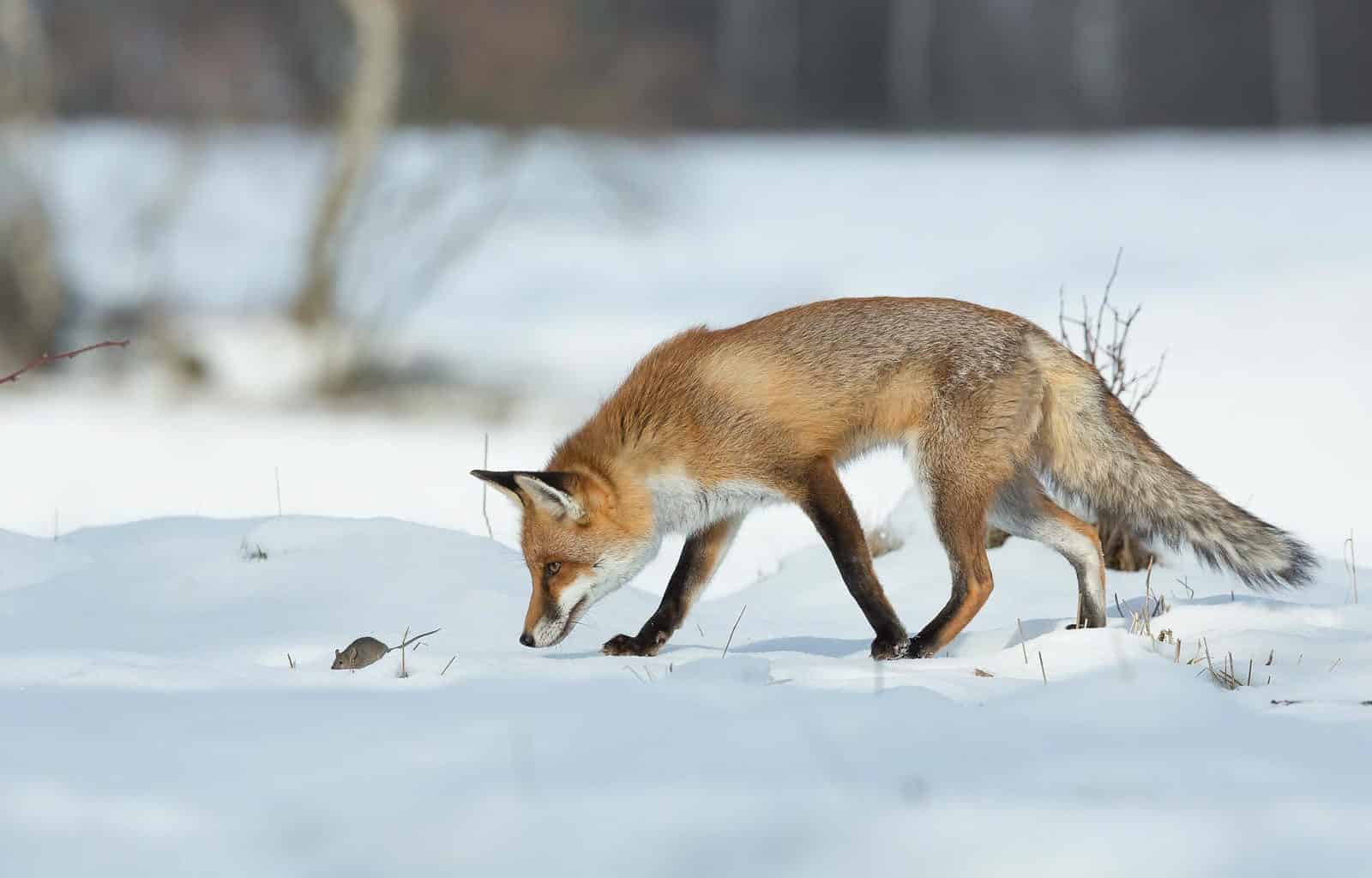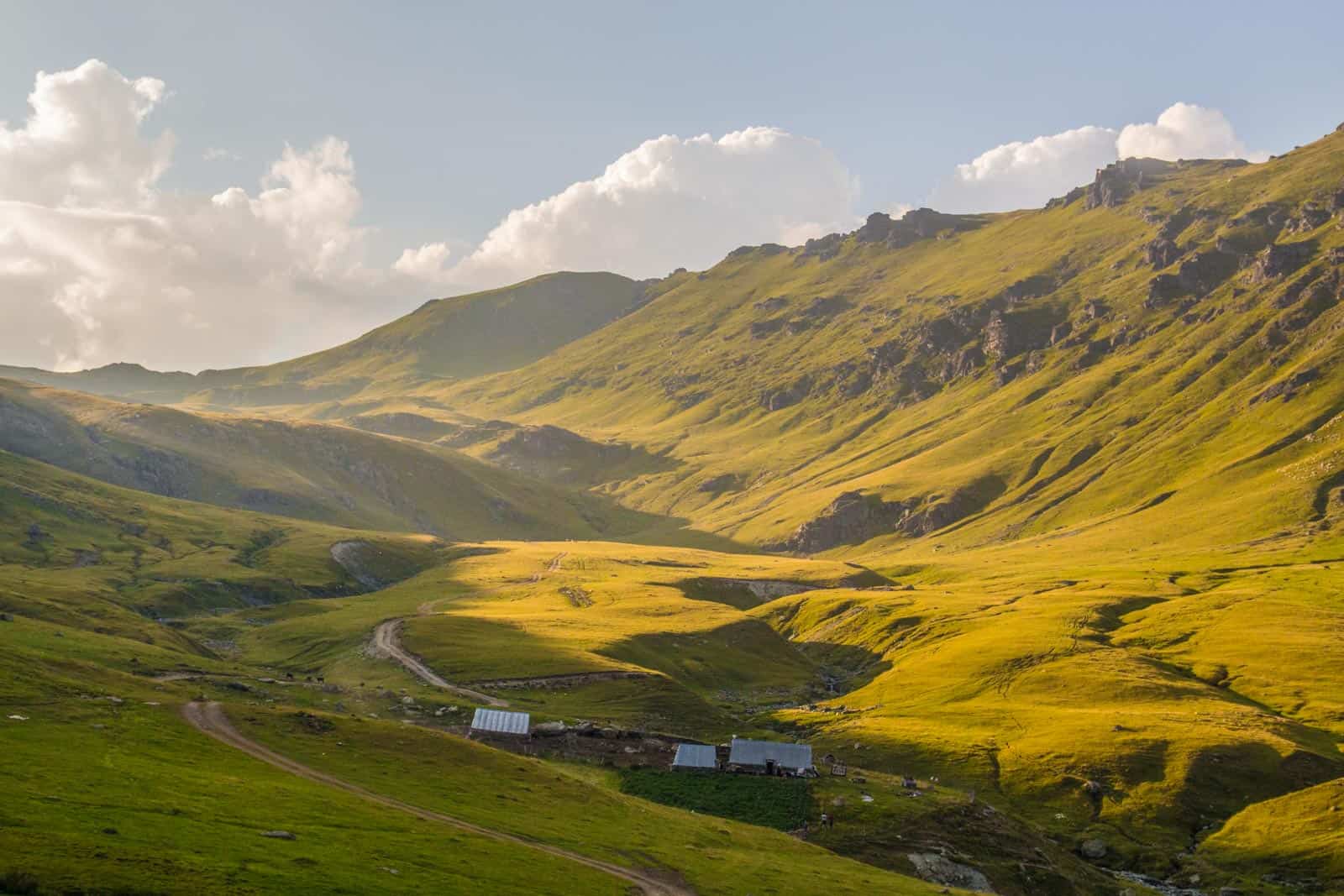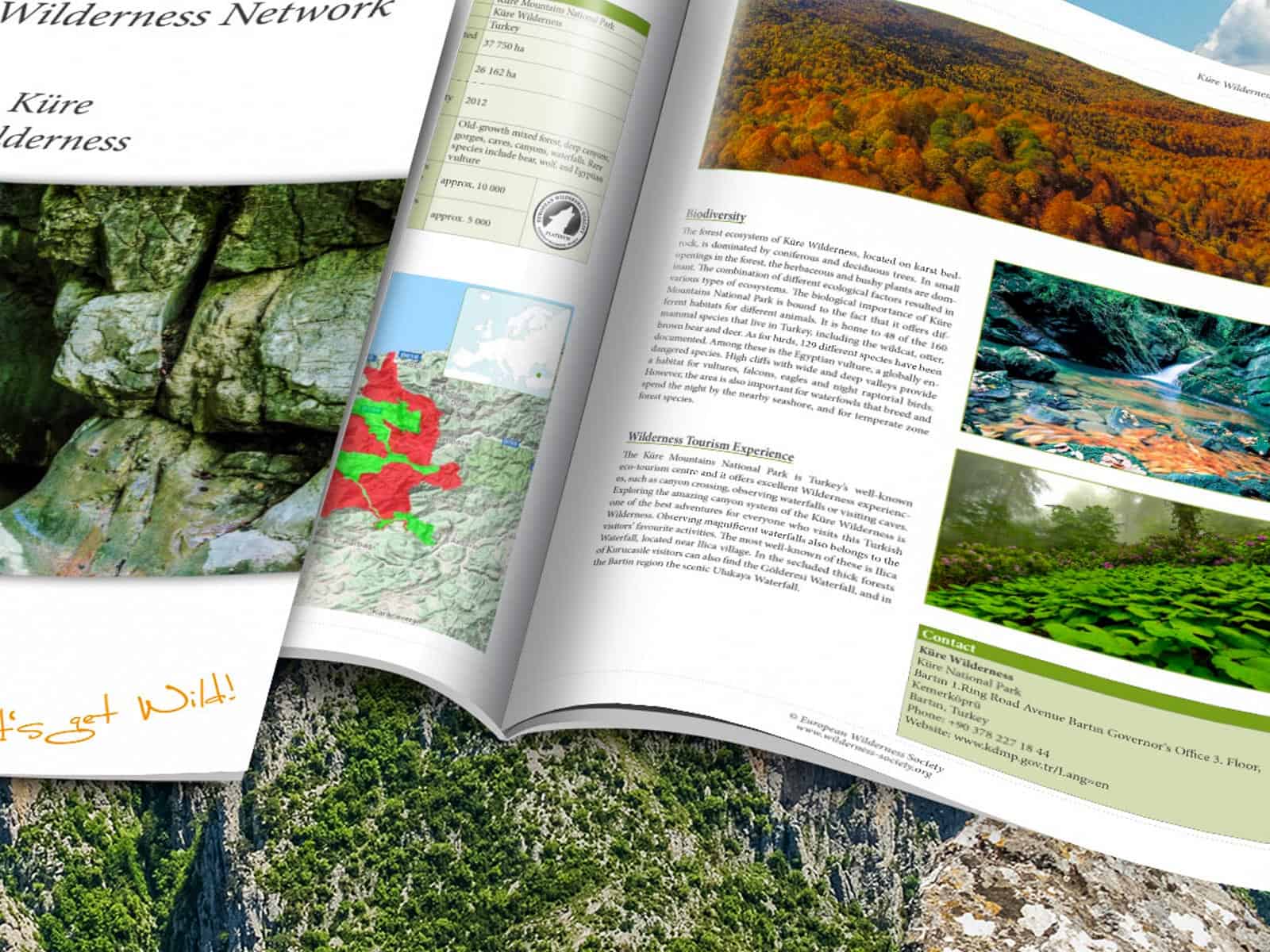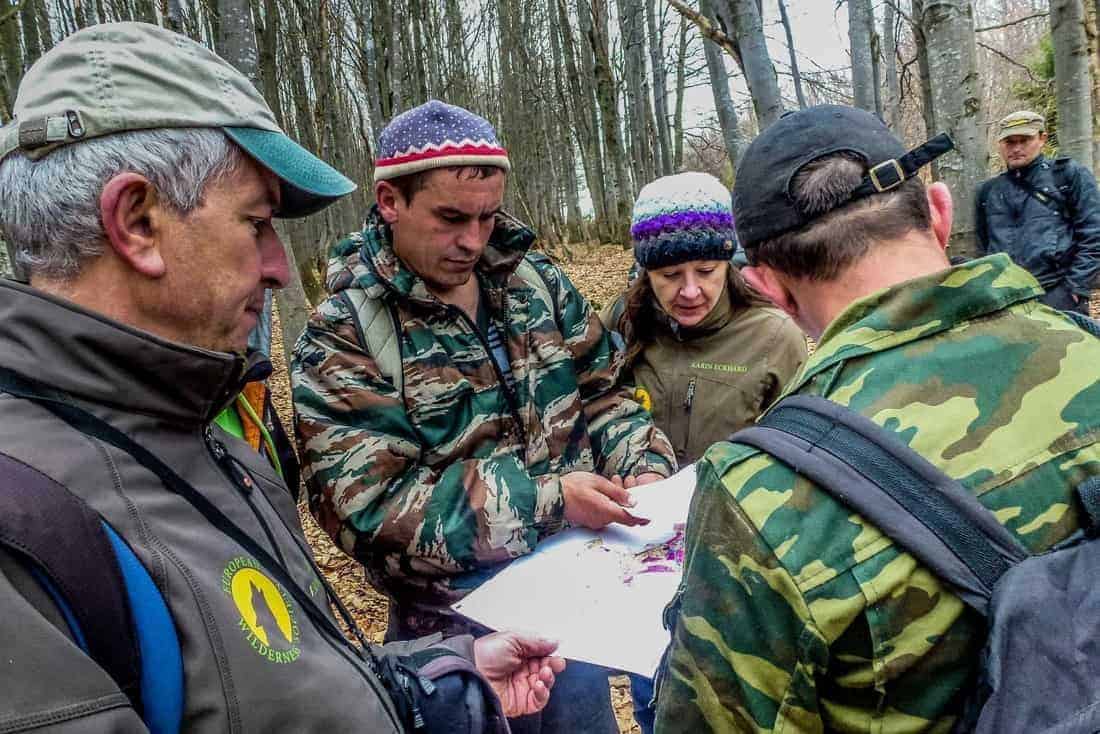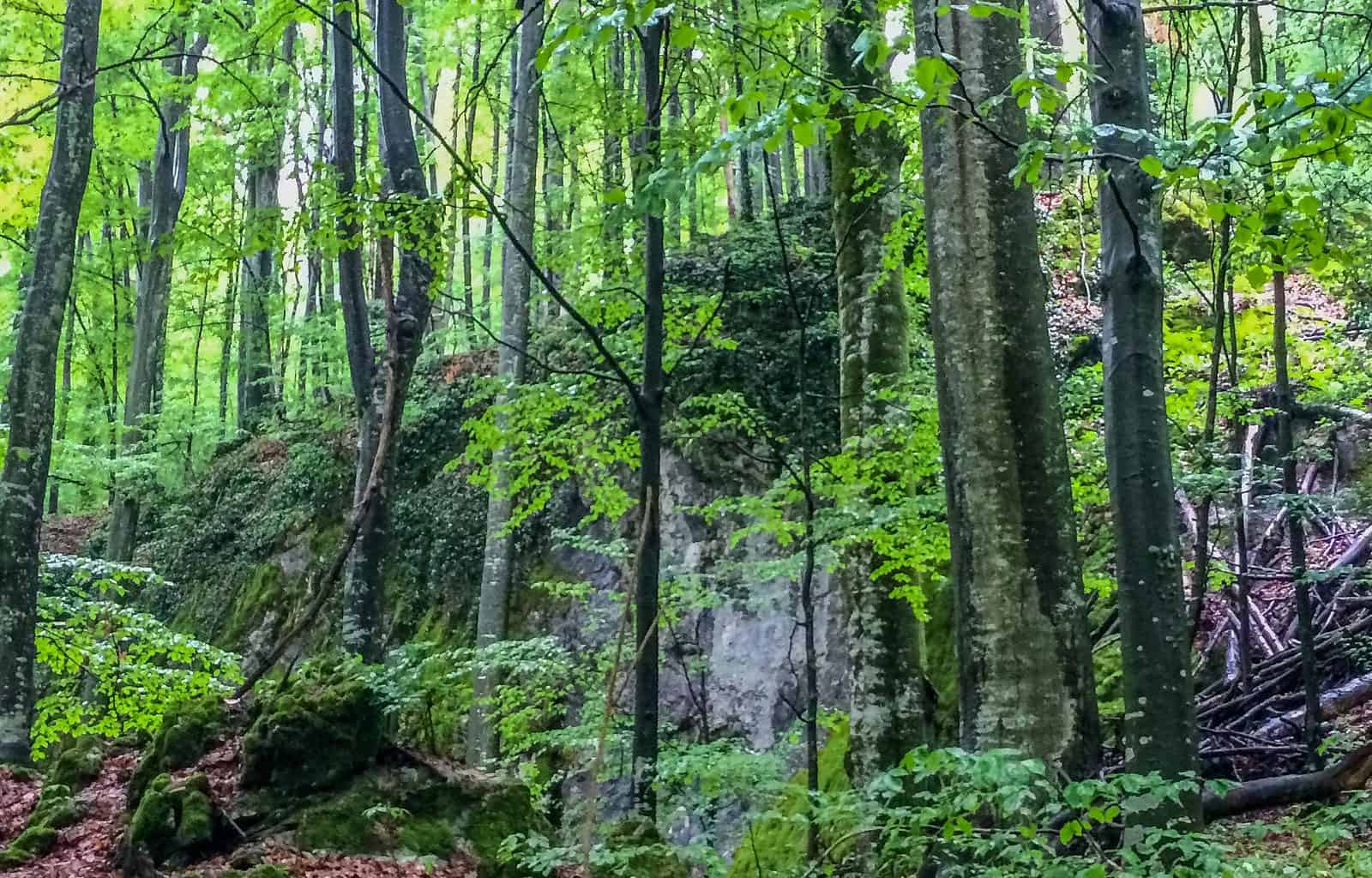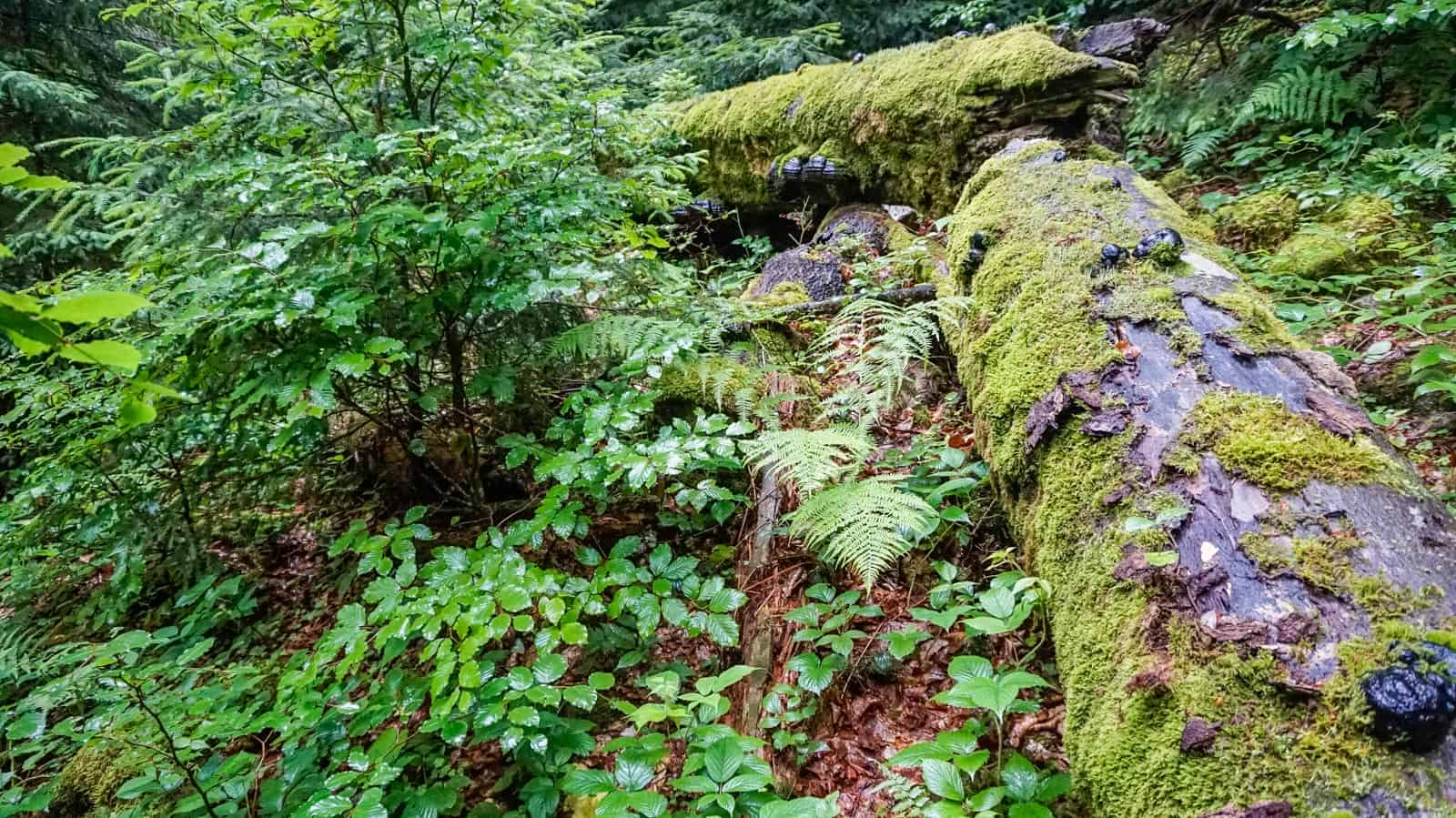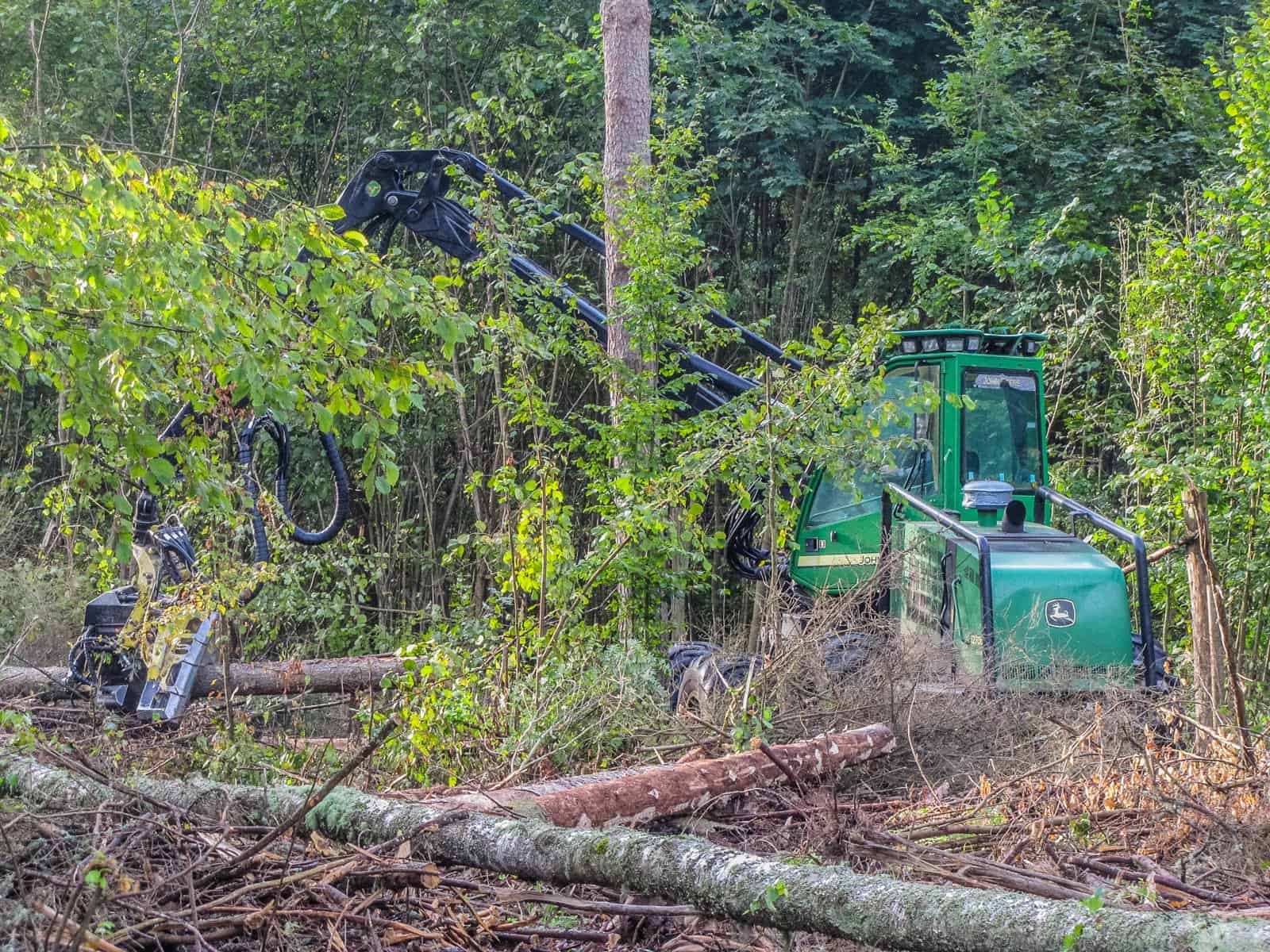Hidden urban Wilderness in Salzburg
Despite many pioneers of the Wilderness movement discovering the beauty of Wilderness in the vast open landscapes of America, one of the greatest figures in the history of Wilderness, Aldo Leopold, believed there was another side to Wilderness. For him, the land was a living community and every area had a place in this. While he was a great proponent of setting aside large, vast areas of Wilderness, Leopold also affirmed that “no tract of land is too small for the wilderness idea”. Based on this notion, as part of their contribution to the discussion arising from the inaugural International Wilderness Week, Prof. Dr. Jürgen Breuste and his team from the University of Salzburg have shared their take on hidden urban Wilderness in Salzburg and the processes occurring in and around them.
Please also read: Urban Wildlife: A Contradiction?
What is urban Wilderness?
Areas the authors describe as ‘urban Wilderness’ in the report tend to be areas that are closer to areas that humans permanently inhabit and were the subject of disturbances not so long ago. One key feature that they share with with the conventional notion of Wilderness, is that current uses do not directly influence them. However, there are other qualifications that differentiate urban Wilderness from Wilderness in more remote areas.
Urban Wilderness tends to be found 10 km from the outskirts of cities and areas are often smaller than 1000 ha. Due to prior human impact, many do not represent their original natural states. Instead, they have developed without significant human disturbance since the point they stopped being used. On the contrary to traditional Wilderness, urban Wilderness’ proximity to urban areas means they are not totally free from anthropogenic influences and such influences still impact them.
One of the symptoms of immaturity in our concept of recreational values is the assumption, frequent among administrators, that a small park or forest has no place for wilderness. No tract of land is too small for the wilderness idea. It can, and perhaps should, flavor the recreational scheme for any woodlot or backyard.

Valuable sanctuaries for nature
In the State of Salzburg, the authors studied 9 areas of so-called urban Wilderness. These consist of river, forest, and moorland ecosystems. The State of Salzburg has already given these areas in the study protected status, seeking to limit anthropogenic influence here. Protecting these areas is crucial. They provide important ecosystem functions as habitats for plants and animals. It is not only important to wildlife but also to humans as they give urban inhabitants a chance to connect more with nature. However, protection is still not sufficient for such areas. There is a lack of regular monitoring and enforcement of the rules. This goes hand in hand with the fact that they are too small, meaning anthropogenic influences disproportionally impact such areas.
The surroundings of these urban Wilderness areas are intensively used due to their vicinity to urban areas. This thus invites disturbances in the form of noise, substances and other types of land use. In addition, it is hard to create ecological corridors between such areas due to the intensive land use that occurs between them.
Improvement and integration
Suggestions to improve the status of the urban Wilderness areas include the intensification of management. However, this would then detract from the non-interventionist nature of the Wilderness. The authors propose such management would have positive effect for biodiversity. This management would consist of activities such as litter picking to reduce the waste left by visitors on the sites. Moreover, it would include larger restoration projects, such as returning rivers to a more natural state. Projects like such would naturally take more time, but then leave nature in a better position from which to develop untouched.
The dynamics of urban nature and Wilderness are always changing. At the moment there is not enough awareness regarding such urban Wilderness in Salzburg. Despite signs marking such areas as protected, the authorities or people do not value these areas as much as they should be. Looking towards to the future, growing urban areas threaten greenbelt land that has previously been void of human interference. The authors of the report thus call for urban planners to integrate these spaces into planning at an early stage. This can help save parts of nature, alongside its recreational and ecological value. With ever increasing urbanisation, it is crucial that planners take care to integrate nature into day-to-day life and that city planning starts to take into account the considerations of nature.
Thank you to Prof. Dr. Jürgen Breuste and his team for sharing this report with us. You can take a closer look at the report below. If it provokes any interesting thoughts please let us know in the comments section!

